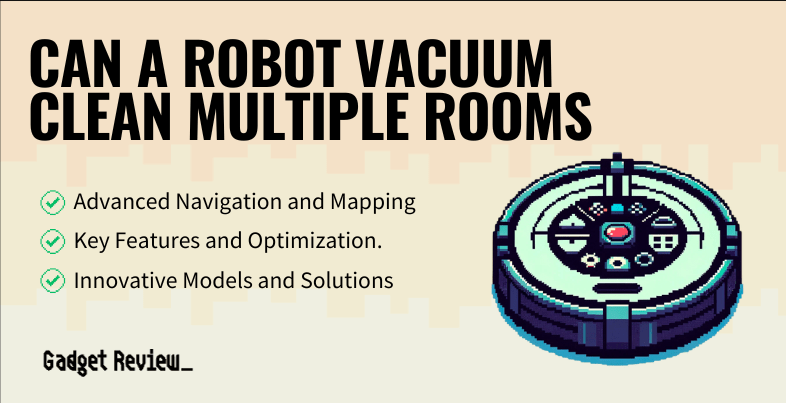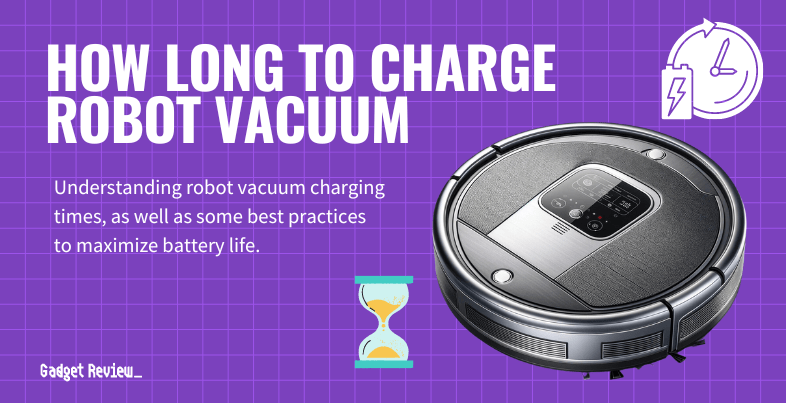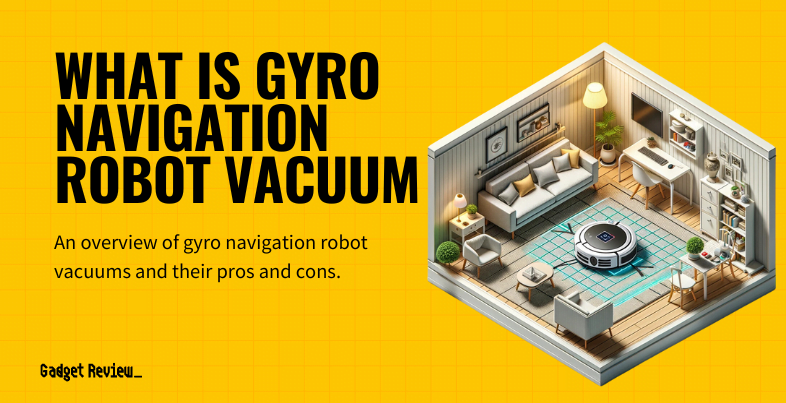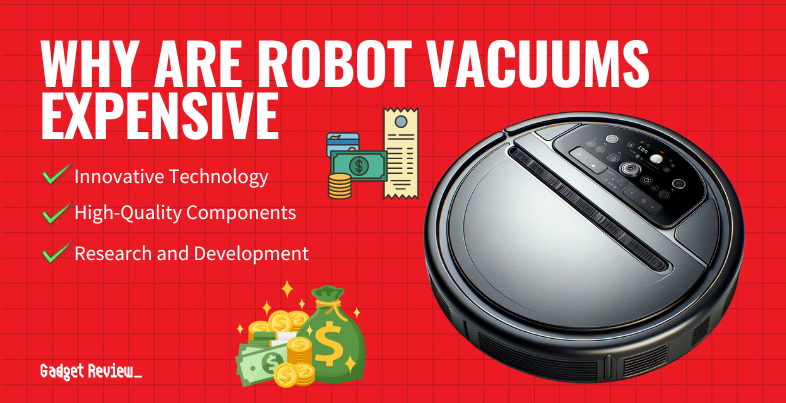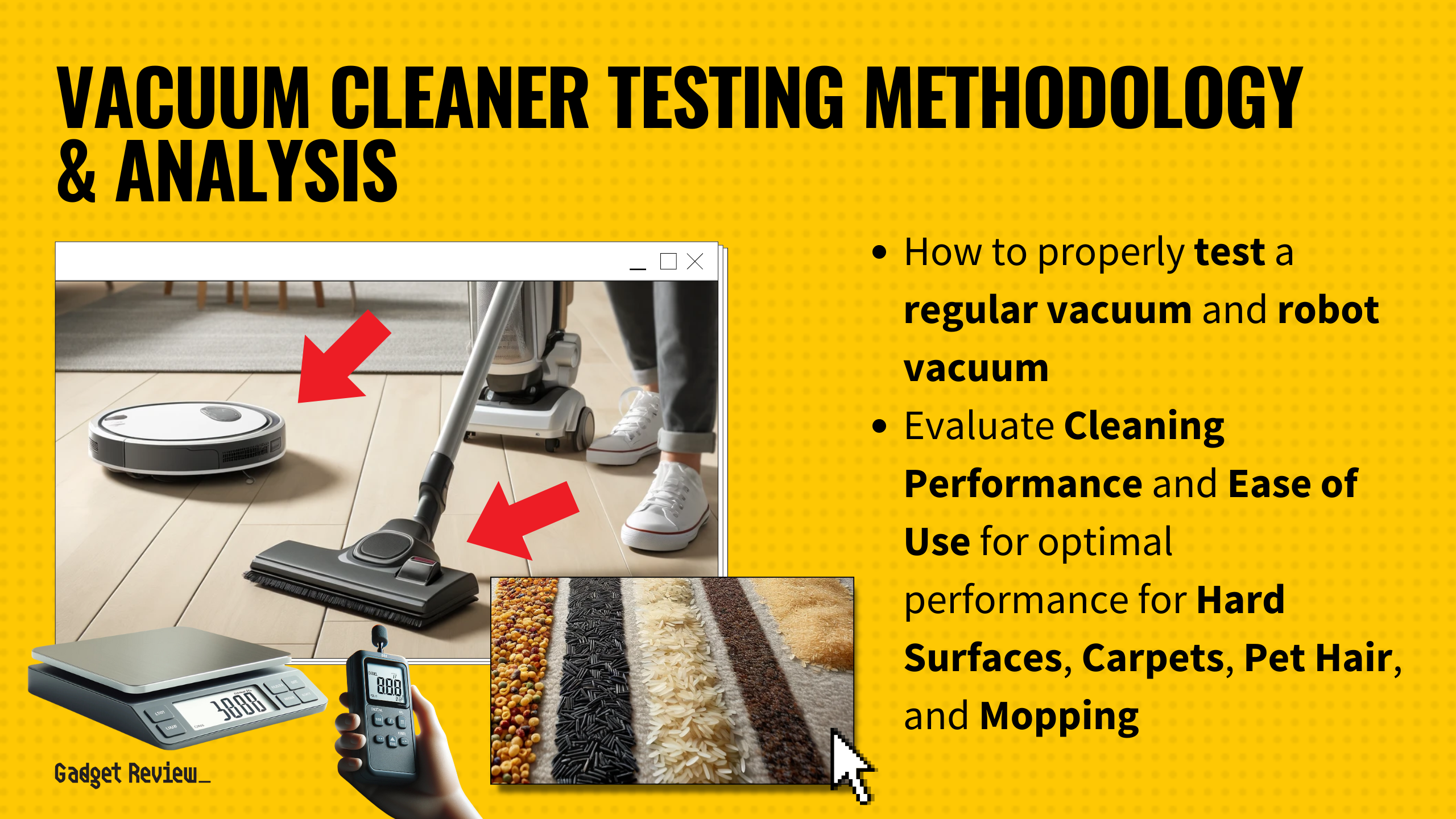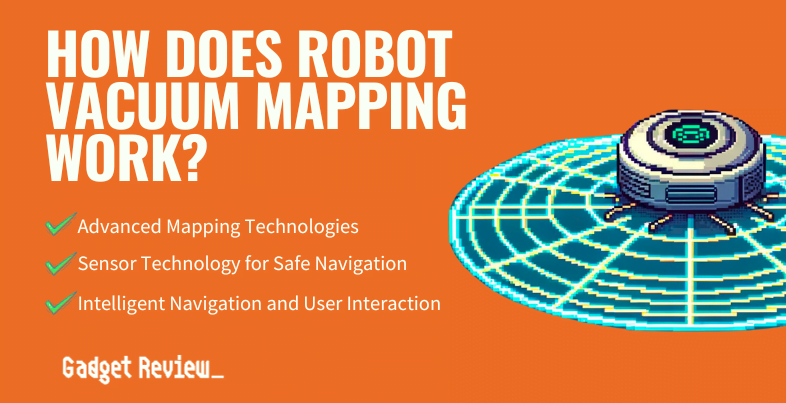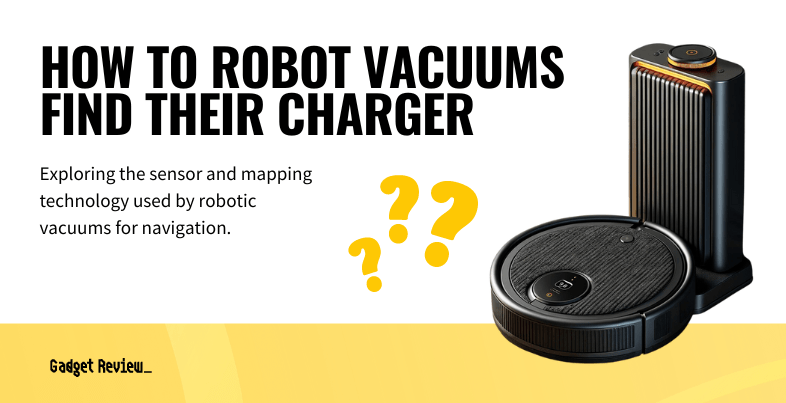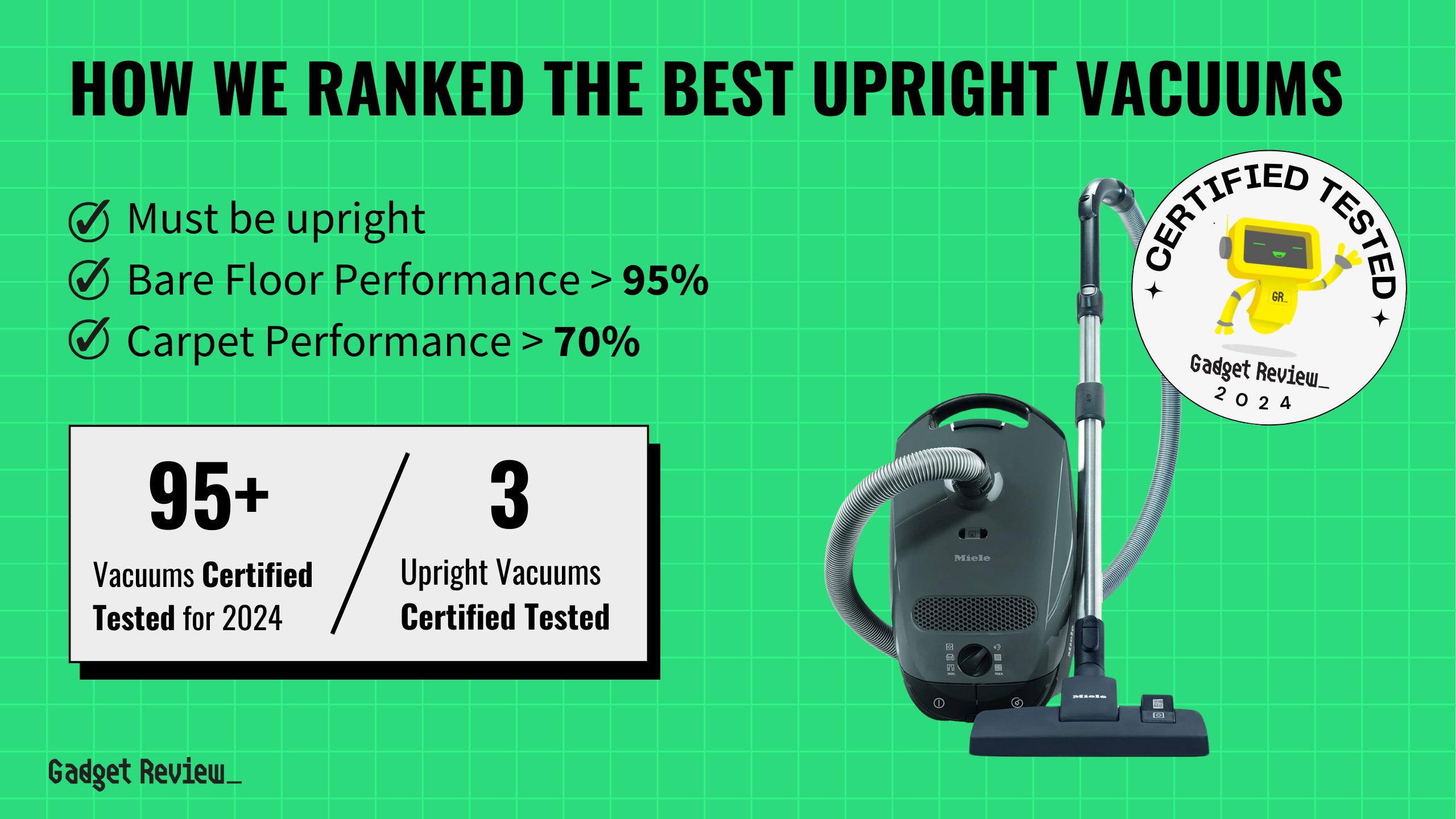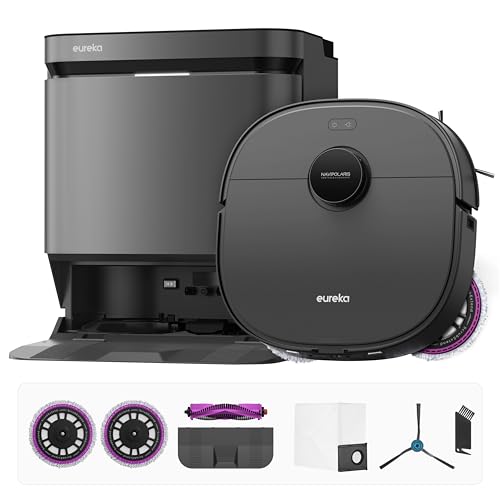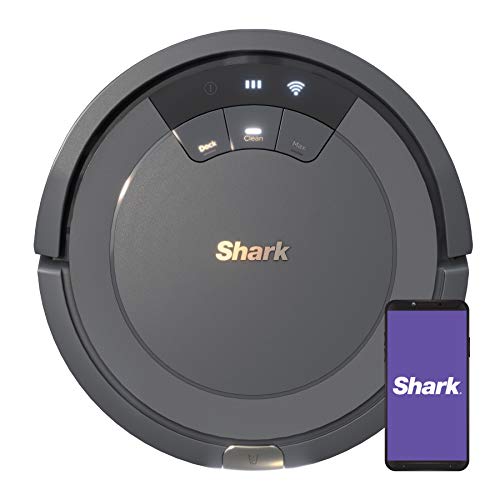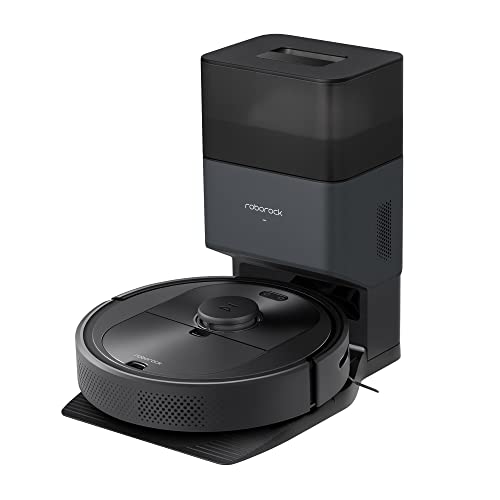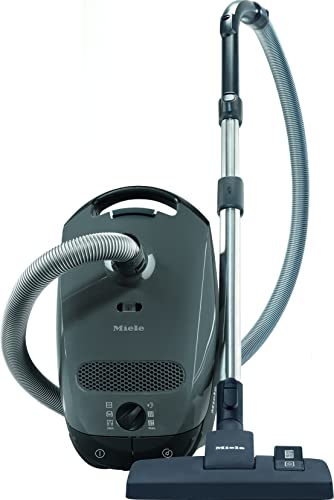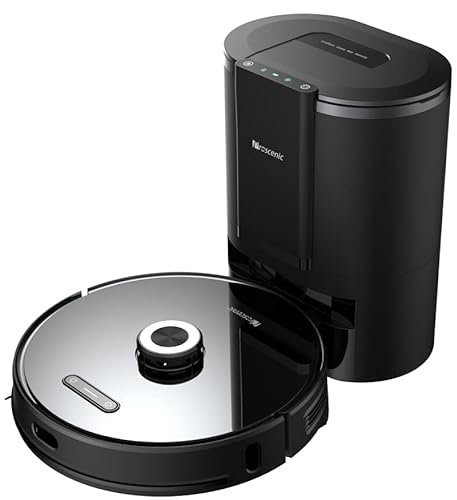Robot vacuums have revolutionized the way people clean their homes, especially since it’s more automated than using a hand-push standing vacuum. A common question about these vacuums is whether they can effectively clean multiple rooms or navigate multi-floor homes.
In short, yes, robot vacuums can clean multiple rooms and handle multi-floor homes as well.
Advanced models come equipped with sophisticated navigation and mapping technologies, making them able to maneuver complex layouts and ensure a thorough cleaning.
Understanding Robot Vacuum Navigation and Mapping
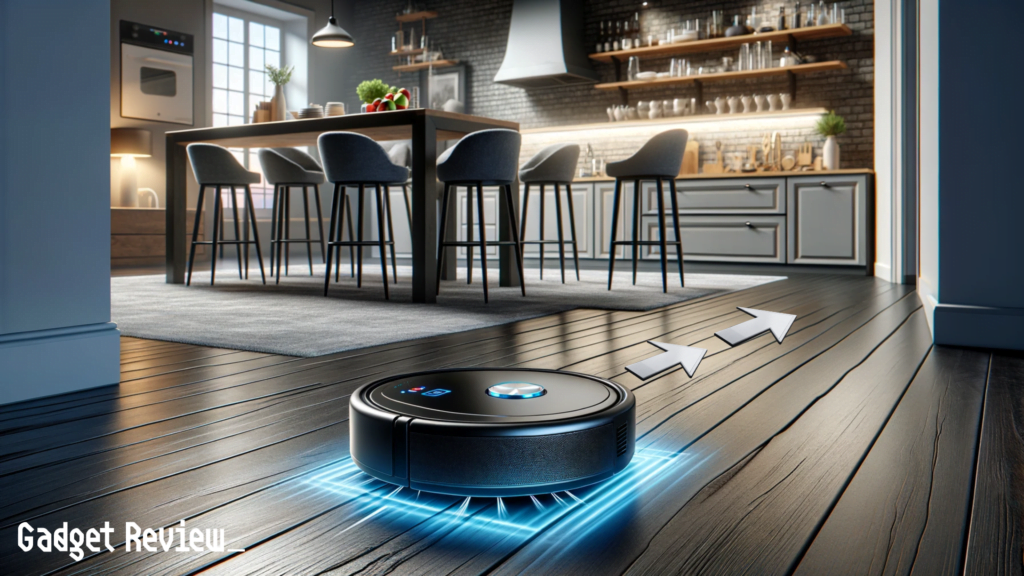
Robot vacuums use two main types of navigation:
1 Random Navigation
This form involves the vacuum moving randomly around a room. Eventually, it covers the area, but it’s not the most efficient method for multi-room cleaning.
2 Advanced Mapping Technologies
Modern vacuums employ LiDAR (Light Detection and Ranging) or vSLAM (Visual Simultaneous Localization and Mapping) technologies. These systems allow the vacuum to create a map of your home, plan efficient cleaning paths, and remember where they’ve cleaned.
Robot Vacuum Cleaning Multiple Floors
To understand how to setup your robot vacuum to clean multiple floors, check the video below.
Key Features for Multi-Room Cleaning
- Efficient Cleaning Paths: These are crucial for maximizing battery life and ensuring comprehensive cleaning performance.
- Battery Life: Crucial, especially in larger homes. Advanced models can recharge and resume cleaning, minimizing any impact on overall cleaning efficiency.
- Software Capabilities: High-quality software enhances the vacuum’s ability to navigate and clean multiple rooms effectively.
insider tip
Robot vacuums are a more energy-efficient way to clean than traditional vacuums.
Optimizing Your Home for Robot Vacuums
To get the best out of your robot vacuum:
1 Decluttering
Keep floors clear of objects like toys, clothes, and wires to allow unobstructed movement.
2 Open Floor Plans
An open layout helps the vacuum navigate and clean more effectively.
Advanced Models and Their Features
- DEEBOT Series: For instance, the DEEBOT X2 OMNI and T20 OMNI are equipped with features like auto-lift mopping and dual-laser LiDAR, ideal for homes with diverse floor types.
- Budget-Friendly Options: There are also cost-effective models that provide efficient cleaning without a hefty price tag.
Innovative Solutions for Multi-Floor Homes
- Edge Detection: This feature prevents the vacuum from falling down stairs, ensuring safety across different floors.
- Multiple Docking Stations: Placing docking stations on each floor allows the vacuum to recharge and continue cleaning without manual intervention.
- Using a Fleet of Vacuums: In larger homes, having a dedicated vacuum for each floor can offer a seamless cleaning experience.
insider tip
Users reported saving an average of 2 hours per week on vacuuming with a robot vacuum cleaner.
The Future of Effortless Cleaning: Advanced Robot Vacuums
Robot vacuums have advanced significantly, offering ease in household cleaning.
Equipped with advanced navigation and versatility for various floor types, these devices simplify home maintenance.
As technology progresses, their multi-room and multi-floor cleaning capabilities will only enhance, solidifying their role as essential home maintenance tools.


